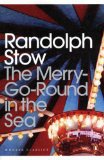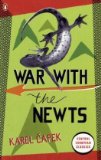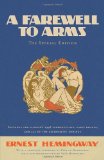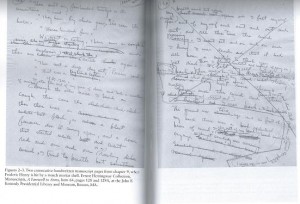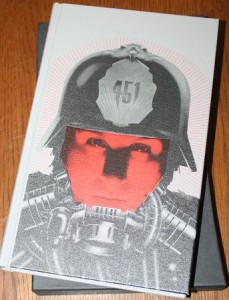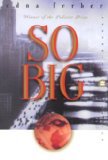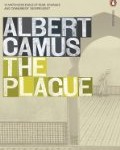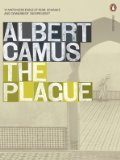Five words from the blurb: Australia, remote, war, disillusioned, restless
I hadn’t heard of The Merry-Go-Round in the Sea until David, a regular commenter on my blog, recommended it. Further research revealed it to be an Australian classic, so I thought it would be the perfect book to read for Kim’s Australian Literature month. I’m surprised that it isn’t more well known outside Australia – it is a wonderful piece of literature!
The Merry-Go-Round in the Sea is set in Geraldton, Western Australian and shows how one family is affected by WWII. The story is narrated by Rob, who is six at the start of the book in 1941, and a teenager by the time it ends in 1949. Rob’s older cousin, Rick, is sent to fight and the whole family must deal with the changes brought on by war and the mental scars of those who return from it.
The main joy of this book is the vivid sense of place – it contains some of the most evocative descriptions of the Australian landscape I’ve ever read:
In winter, rain flooded the gravelled verges of the street and made brown lakes where wooden and paper boats were floated. The soft mud squished up between the boy’s toes. In winter they were forced into shoes and socks, but they took them off and paddled home in the delicious mud.
The stark grey berry-bushes on the vacant land grew green and soft-looking, and put out small, mauve-tinged flowers. Then spring came, loud with bees, and the red berries formed, and in many yards were yellow flowering cassias. When the petals fell, the flowers turned into writhing green snakes full of seeds.
Rob was a fantastic narrator. He was initially too wise for his age, but I was willing to forgive this problem because of the wonderful narrative arc created. The blurb states that the story is semi-autobiographical and it is easy to see the way personal insight has added to the realistic feel of this story.
The only reason I didn’t fall in love with this book is because the plot was too slow for me. The family dynamics and emotions were flawlessly observed, but very little actually happened. It is a testament to the writing quality that I managed to enjoy a book with so little plot at all.
Overall, I highly recommend The Merry-Go-Round in the Sea to anyone looking for a fantastic Australian book. This classic deserves a wider audience.

.
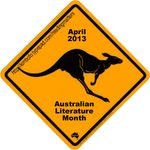
.
For more Australian fiction reviews head over to Kim’s blog.
